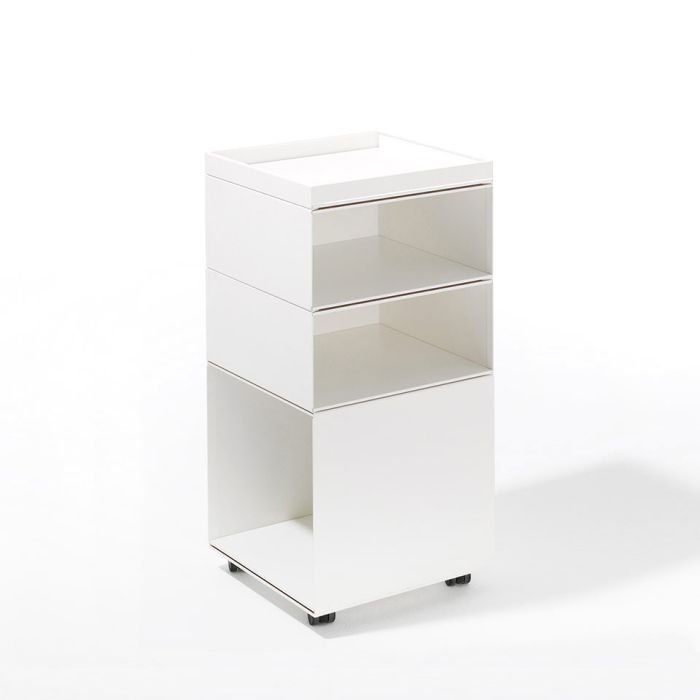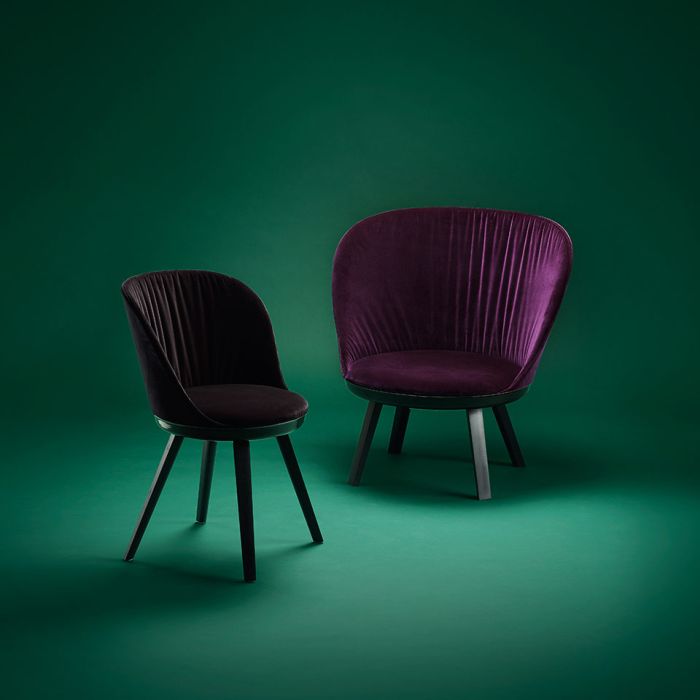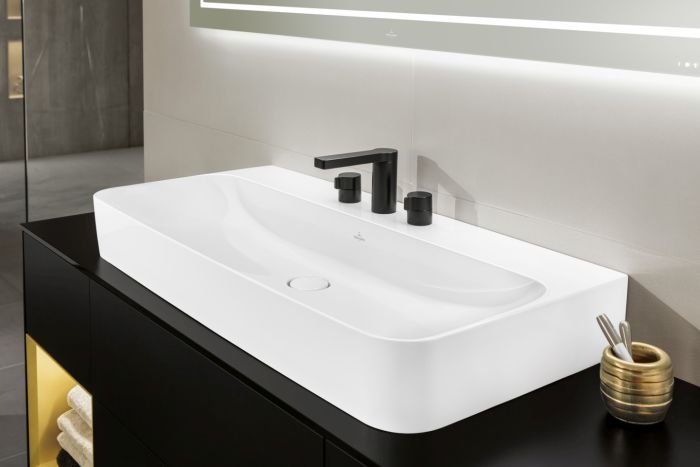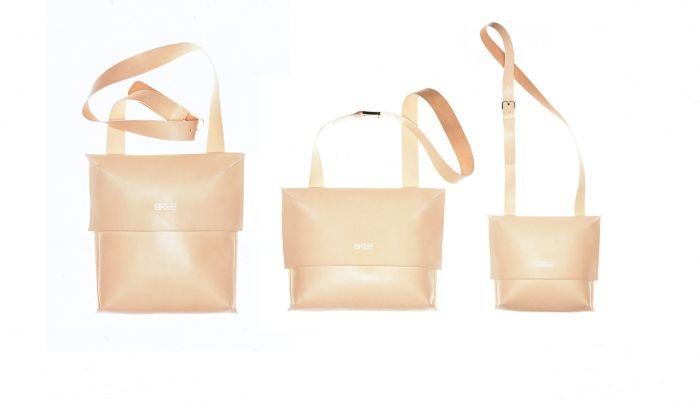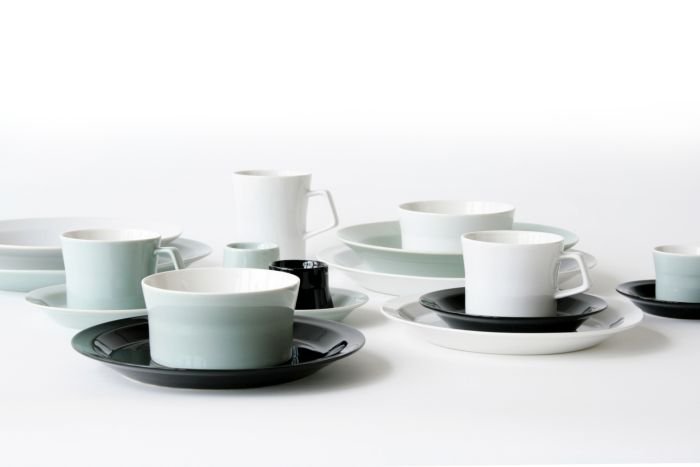When we spoke with designer Patrick Frey in context of our #campustour, the plan was quite simply to discuss contemporary design education; however, the natural flow of the conversation took us in a raft of interesting directions, including his experiences as a freelance designer, the question of development payments in the furniture industry and the background to his and Markus Boge's joint diploma project, a project in many regards personified by the tables Kant and Marketing.
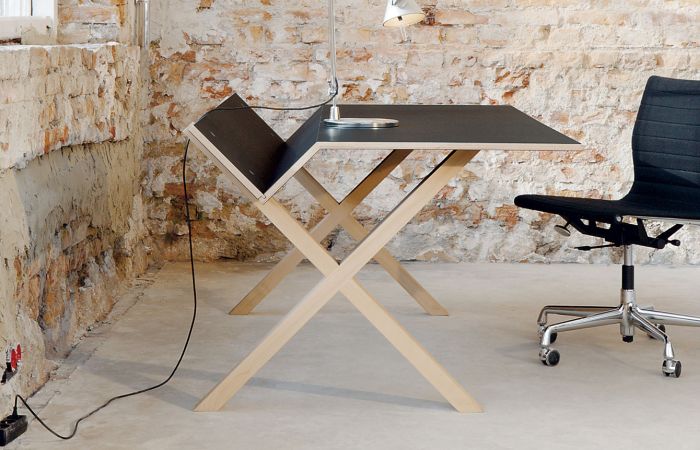
A graduate of the Hochschule Hannover, a city in which he continues to live and work, Patrick Frey has realised projects across a range of genres and for clients as varied as, and amongst many others, Nils Holger Moormann, Authentics, Sommerhouse Piu, Bree and Richard Lampert. In our #campustour Interview with Patrick we discussed his biography, and so dear reader, refer you there for more details; however, as a designer's biography an important element is the genesis of his projects, including the how, why, and wherefore of the project that first brought him to the attention of a wider public.....
Patrick Frey: At that time Hannover was very much Industrial Design in a classic sense, so technical machines, capital goods, that Markus [Boge] and I realised a furniture object for our Diploma project was extraordinary, the thought that product design can mean furniture was almost revolutionary! But Markus and I wanted to focus on everyday objects, the title of our Diploma theses was Arbeitsbasis, and the question posed was what is required in the contemporary work place and can we develop minimal, clever solutions, and then the tables Kant and Marketing arose with their unfamiliar character
smow Blog: And did that go down well in such a heavy duty, industrial, environment?
Patrick Frey: It polarised! Not everyone approved, although others were very enthusiastic. And we were fortunate that we had Nils [Holger Moormann] as project partner and he both supported us and fought our corner a little. But that experience was also when it became clear to me that I wasn't just interested in chichi, superficial, objects, but wanted to penetrate thematically deeper and develop products which told a story and had an identity.
smow Blog: Directly after your studies you and Markus established your own studio, was that always the plan, or what was the motivation?
Patrick Frey: Whereas most people would advise taking on a paid position and gathering experience, for me the motivation for establishing my own studio was exactly because I didn't want to gather experience: I knew I was naive, shy, was still in the process of developing my position to design and so I decided the best route was the dive into cold water. In addition there was the pragmatic thought that if I did start working in a studio, earning a regular wage with all that entails, would I then later be prepared to risk it all for the insecurity of not knowing when or where the next pay cheque was going to come from? As a student I had lived frugally, was perfectly happy with that and continuing was no major decision.
smow Blog: And just how hard were then the early years?
Patrick Frey: The first year after graduating we exhibited in Milan at SaloneSatellite, which back then was still major event, not hidden away as it is today, and through that people became aware of us, and quite quickly the first commissions were there. But that didn't mean an income that could support two people! And so the first years meant a lot of realism, a lot of hunger, studio, workshop and flat were one and the same, and so in terms of commissions it was super, but financially lousy. As is the reality of the furniture industry! And in that sense it was also a very instructive period for us, for all in terms of understanding the financial aspects of the industry, to learn not to let ourselves get used.
smow Blog: And one presumes to become accustomed to the long wait of the first licence royalties....
Patrick Frey: .....absolutely, and I find it unashamed that the furniture industry isn't prepared to pay young designers a discretionary payment for developing a project. The full risk is with us, a year, two years development, and then they say "no, don't want it" and aren't even prepared to pay a few hundred euros by way of at least contributing to the time and money you have invested.
smow Blog: Which means that you always ask for development payments......?
Patrick Frey: Sofort. Immediately. Otherwise I don’t even start a project. On the one hand I can’t afford it, I have a family, responsibilities, and on the other I want such development payments to become standard, and I must practice what I preach and not contribute to a system I consider needs reforming.
smow Blog: And in your experience has the situation changed since you first began, or.....?
Patrick Frey: Slowly, firms are beginning to understand, whereby there are still manufacturers who won't and don't, who's position is a vague "send us something, we'll have a look", but such are becoming exceptions. Whereby these days I don't just work on licence basis but also on honorarium basis, for example I recently completed a project with Villeroy & Boch, where in addition to the honorarium they also bought the design rights, and so I have my payment regardless of how well the collection sells.
smow Blog: Going back briefly to before you had such, relative, financial security, when did you realise that the studio was viable and could support you?
Patrick Frey: I would say that after about four years, and that not just because a little more money was flowing but also because we were working more efficiently, were more experienced, more seasoned, the development cycles were much quicker, and also we were a lot better at negotiating with manufacturers in terms of getting some form development payments.
smow Blog: Development cycles is a good keyword, our view is that ever more manufacturers are releasing ever more projects ever quicker, in your experience do manufacturers expect projects to be finished quicker.....
Patrick Frey: Very much so, most producers want the project yesterday, if not sooner, and that is a situation that really started to annoy me because it started to affect my work. Manufacturers would demand that a chair was finished in a year, even if it wasn't yet mature, not yet so far developed that it was ready for serial production, but they had their timetables. But now I don't play along, I've developed a thicker skin, and say no. Which may be related to the fact that with the Professorship I am not completely reliant on the studio for income.
smow Blog: Briefly to your design process, do you start with sketches, on the computer, or how do you develop your projects......?
Patrick Frey: At the beginning I always tried to work purely analogue, that is no longer possible not least because clients quite quickly want some form of impression, but the first step is always to talk about the project, develop some thoughts on what we want to achieve, and then slowly move over to first sketching and then models to help us understand the connections and composition. For me you can't design on a computer, that's quatsch, on the one hand it takes far too long and then you create three versions, assume one must the one, but then when you actually build it, as a rule, it is far, far removed from what you imagined.
smow Blog: And to end, you've been based your whole career in Hannover, is it a good base for a designer?
Patrick Frey: Absolutely! Hannover is the most brutally undervalued city there is, in terms of design Hannover has everything others cities have, just not the appropriate image. Hannover is affordable, you have a good standard of living and affordable atelier space is readily available, which in many other cities is no longer the case. In addition there is a lot of industry here, geographically we are in the middle of everywhere, with an airport for when you need to go further afield, while locally the Hafven co-working space offers workshop spaces, courses, and helps develop local networks. And so Hannover's only problem is its image.
smow Blog: Then we'll keep quite before that all changes for the worst..........
More details on Patrick Frey and his work can be found at www.patrick-frey.com
